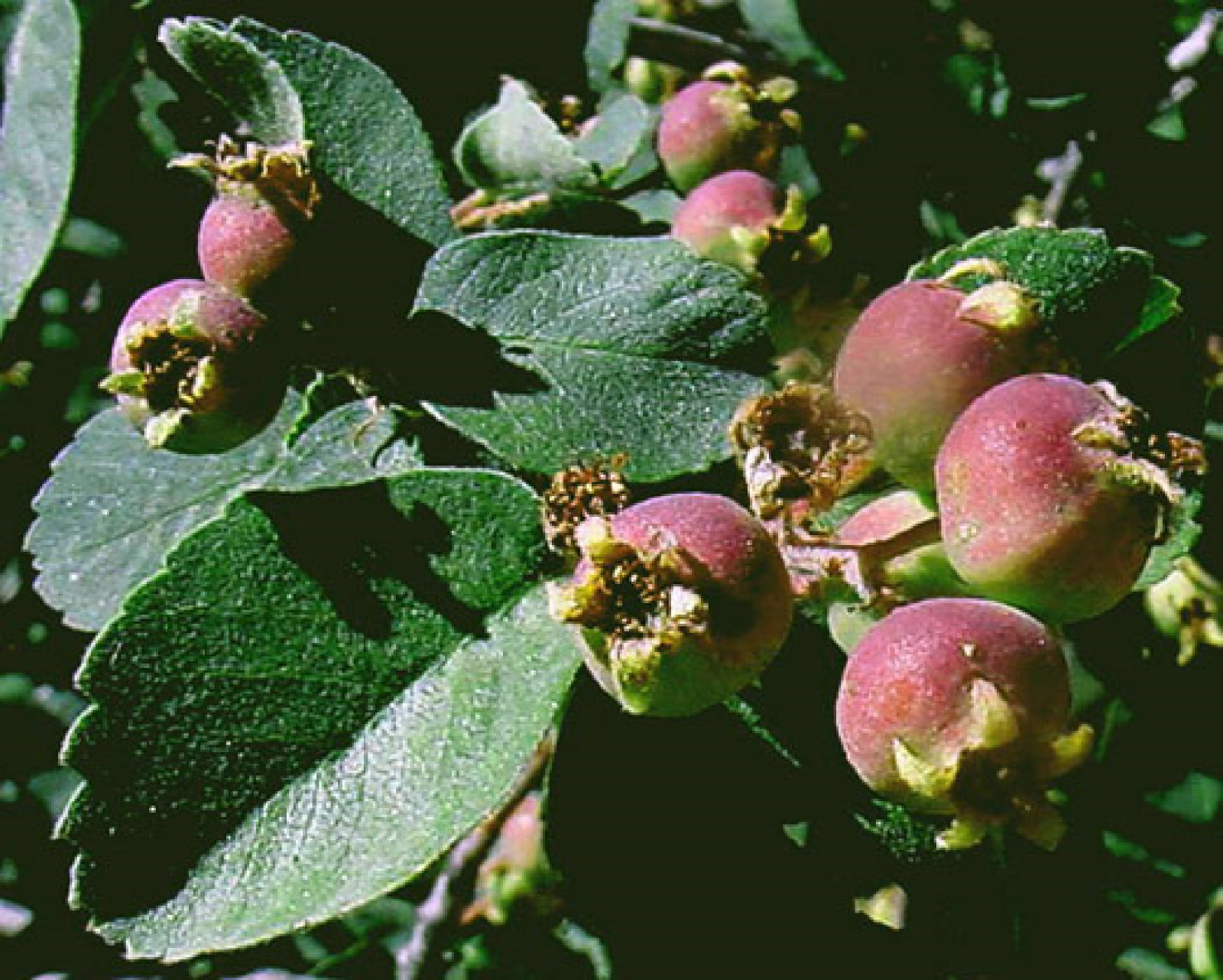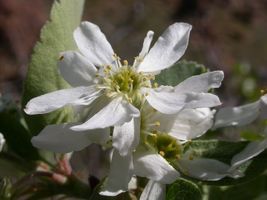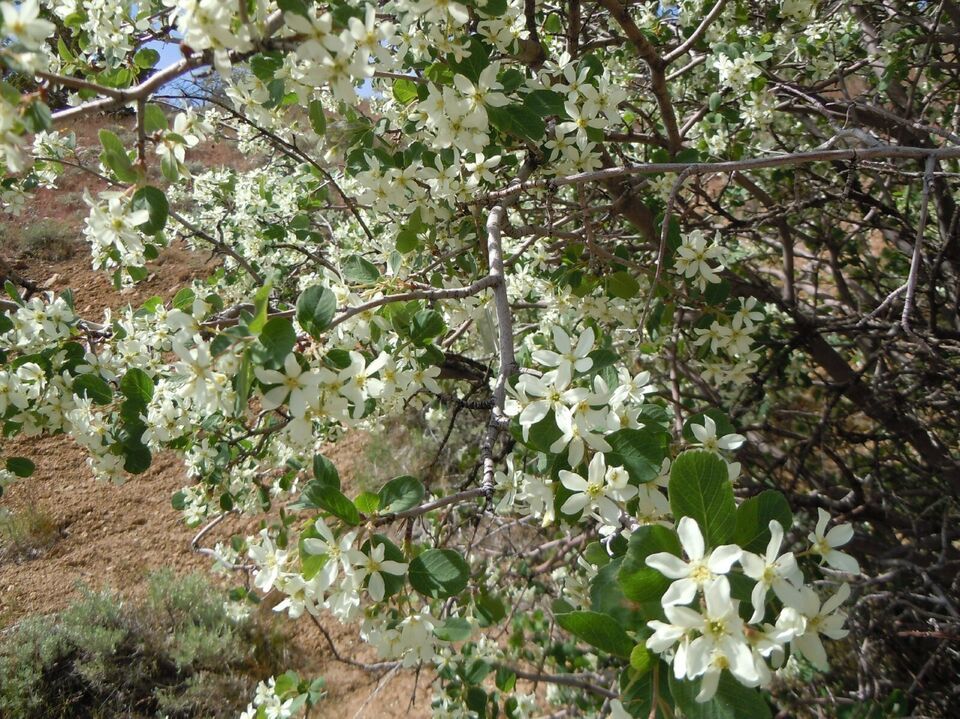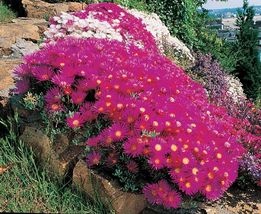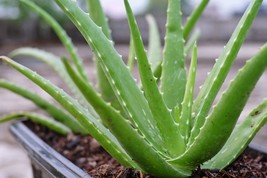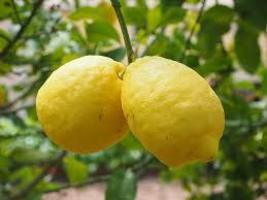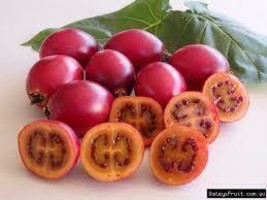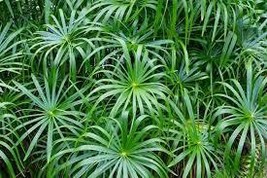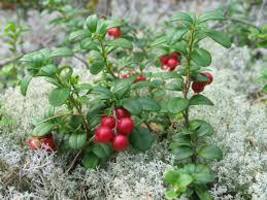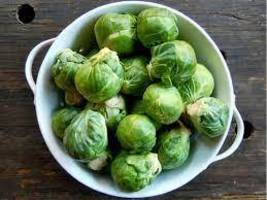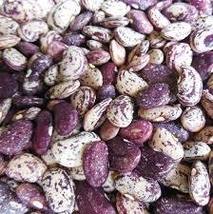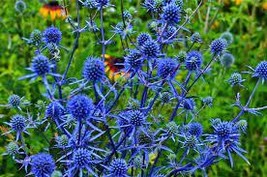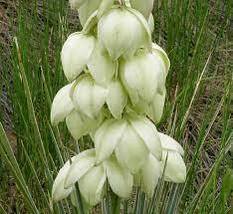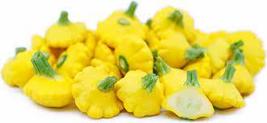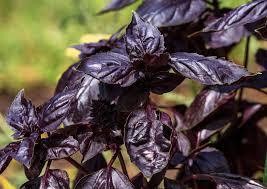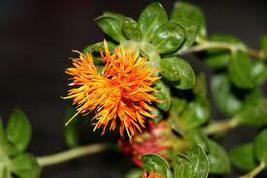FREE SHIPPING 20 Organic Pre-Stratified and 50 similar items
Free Shipping
FREE SHIPPING 20 Organic Pre-Stratified Seeds Serviceberry {Amelanchier u.}
$12.99
View full item details »
Shipping options
Estimated to arrive by Thu, Jul 3rd.
Details
FREE via USPS Ground Advantage (1 to 10 business days) to United States
Offer policy
OBO - Seller accepts offers on this item.
Details
Return policy
Replacement product available within 30 days
Purchase protection
Payment options
PayPal accepted
PayPal Credit accepted
Venmo accepted
PayPal, MasterCard, Visa, Discover, and American Express accepted
Maestro accepted
Amazon Pay accepted
Nuvei accepted
View full item details »
Shipping options
Estimated to arrive by Thu, Jul 3rd.
Details
FREE via USPS Ground Advantage (1 to 10 business days) to United States
Offer policy
OBO - Seller accepts offers on this item.
Details
Return policy
Replacement product available within 30 days
Purchase protection
Payment options
PayPal accepted
PayPal Credit accepted
Venmo accepted
PayPal, MasterCard, Visa, Discover, and American Express accepted
Maestro accepted
Amazon Pay accepted
Nuvei accepted
Item traits
| Category: | |
|---|---|
| Quantity Available: |
114 in stock |
| Condition: |
New |
| Country/Region of Manufacture: |
United States |
| Brand: |
Unbranded |
Listing details
| Seller policies: | |
|---|---|
| Shipping discount: |
Seller pays shipping for this item. |
| Posted for sale: |
More than a week ago |
| Item number: |
1581548077 |
Item description
Utah Serviceberry {Amelanchier utahensis} Organic Fruiting Shrub | White Blooms | High Yield | 5/20 Pre-Stratified Seeds Free Shipping!
UTAH SERVICEBERRY
Utah serviceberry (Amelanchier utahensis) is a small tree or large shrub
that is highly branched or grows in clumps. Its average height at maturity
is about 15 feet. The flowers of Utah serviceberry have white petals and
grow in small clusters. While in bloom in early spring, the entire plant
is snowy white. Flowers April through June.
It is common in the more arid areas in canyons, rocky areas, and foothills,
usually between 3,000 and 9,000 feet in elevation. Once it is established,
it tolerates drought well. It grows best on coarse to medium well-drained
soils. It requires excellent drainage and is not salt tolerant.
The fruit of Utah serviceberry is an excellent source of bird food while
the foliage is good browse for both wildlife and domestic livestock. It
is a very important species for mule deer in the Great Basin. It provides
good forage in late winter and early spring because it leafs out and blooms
earlier than associated species (spring/summer). Utah serviceberry also
provides good ground cover for watershed protection.
General: Considerable variation occurs in the native shrubs or small trees
that are generally 2 to 4 meters tall. Deciduous leaves are simple, alternate
generally serrate-dentate from the middle to the tip. Flowers form clusters
in early May with five showy white petals and the ovary is 2 to 5 celled.
The persistent purplish – black pome can remain dry and pulpy. Considerable
variation occurs when it is found on sites with Saskatoon serviceberry where
natural hybrids are sometimes found. It generally occupies drier sites than
Saskatoon serviceberry.
Adaptation
The plant is found on rocky slopes, canyons and stream banks with 12 to 20
inches of annual precipitation. It has a deep spreading root system and
occupies soils that are coarse to medium textured and well drained. It is not
tolerant of high water tables or saline soils. It is adapted to drier sites than
Saskatoon serviceberry. Utah serviceberry grows with a variety of other plants
but grows slowly and seedlings can be suppressed by dense stands of grasses
and forbs.
Establishment
Utah serviceberry can be established with seed planted about 1?4 of an inch deep in fall months or container grown plants set in the ground in early spring when soil moisture is present. Sprouting does occur but is not as common as the occurrence in the more northern ecotypes of Saskatoon serviceberry.
Establishment
can be slow, especially if soil moisture is low, but the plant can survive on
drier sites than Saskatoon serviceberry. New plantings can require several years (8 to 10) for flowering and seed production. Protection from browsing and plant competition along with the use of mulch will reduce the time required for establishment. Shade also will be beneficial for establishing live plants.
Uses
Utah serviceberry can be used for food and cover to improve wildlife habitat.
Leaves and small branches are used by big game and livestock and berries are
consumed by birds and small animals. It also provides nesting and cover for
birds. Utah serviceberry can be used for reseeding big sagebrush and pinyon-juniper sites and is also beneficial for conservation plantings on rangelands and mined land.
The plant can be used for landscaping and as a component of windbreaks and
shelterbelts. It also can be used for roadside beautification. Native Americans used the berries as a source of food that was prepared in several ways. Berries persist longer on the bush than on Saskatoon serviceberry and provide a food source over a longer period of time, especially when the ground may be covered with snow.
After seeding or planting live plants, controlled browsing will be important for
maintaining vigorous growth. Reducing plant competition is also necessary for rapid plant growth. Controlled browsing will be important for berry production. After the plant is established, it can withstand moderate to heavy browsing in years with average to above average precipitation. Browsing should not exceed more than 50 percent of the current season’s growth to maintain good plant vigor and growth.
Pests and Potential Problems
The plant is host of Apple-cedar rust when growing in close proximity to Junipers. The rust affects leaves and berries. No other serious diseases or pests are known.
Environmental Concerns
The plant is not known to be aggressive, invasive, or difficult to control when used in areas where adapted.
Seeds and Plant Production
In years with good moisture, large
quantities of berries are produced and can be hand harvested. Controlled browsing is also important for berry production. Seedlings can exhibit good vigor but slow growth. Fresh seed may require cold stratification.
|
Why are we showing these items?
Booth
Ria_Hoki's booth |

|

-
Refine your browsing experience
We can show you more items that are exactly like the original item, or we can show you items that are similar in spirit. By default we show you a mix.
This item has been added to your cart
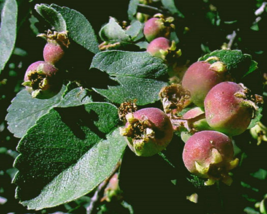 FREE SHIPPING 20 Organic Pre-Stratified Seeds Serviceberry {Amelanchier u.} added to cart.
114 available in stock
FREE SHIPPING 20 Organic Pre-Stratified Seeds Serviceberry {Amelanchier u.} added to cart.
114 available in stock
View Cart or continue shopping.
 Please wait while we finish adding this item to your cart.
Please wait while we finish adding this item to your cart.
Get an item reminder
We'll email you a link to your item now and follow up with a single reminder (if you'd like one). That's it! No spam, no hassle.
Already have an account?
Log in and add this item to your wish list.



